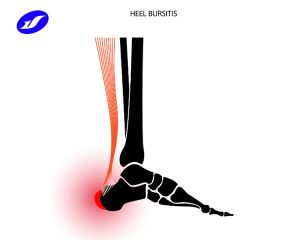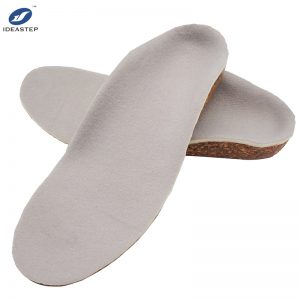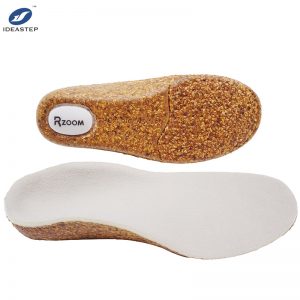Flat foot formation and effects

Flat feet and its formation
Severing flat foot, moderate flat foot, mild flat foot, normal
Flat feet, also known as flat foot, refers to the low or disappearance of the arch of the foot, often accompanied by the back of the bone. When standing and walking, the arch collapses. A long way to walk can cause the pain of foot pain. Flat feet are generally divided into two types: 1. Structural flat feet, which are congenital flat feet. Generally, there are patients with flat feet in the family. It may be inherited to the next generation and should be intervened early. In addition, a high probability of children with cerebral palsy suffers from flat feet and must be intervened early, otherwise it will affect other parts of the body. 2. Functional flat foot formed due to obesity or shoes.
Note: During the growth of infants and children and children, flat feet are more common due to the abnormal development of the arch. The unstable biological lines of the current limbs will cause other symptoms, such as bone veneer, inner eight characters, Achilles tendon offset, etc. When walking and running, the phenomenon of cross -feet and wrestling.
Flat feet will affect lifelong health
If you cannot walk for a long time or exercise for a long time, if you walk or excessively active, it is easy to cause excessive use of soft tissues in the foot and inflammation, and the underlying force of the joints will cause pain.
It will cause flat feet for various diseases to often lead to bottom fasciitis, pain, foot pain, Achilles tendonitis, knee tenditis, hip tendon inflammation, embarrassment, Aquelis tendonitis, low back pain and even even back pain, and even lumbar pain and even lumbar pain. Symptoms such as cervical pain.
It is easy to cause heel injuries because people with flat feet walk in the inner shape, the toes are facing the outside, the outer side of the heel and the inside of the sole is easily worn and the heel is injured.
It may affect the normal development of the spine. This is because the flat foot is supported by the lack of foot arch, the boat -shaped bone collapse, the soles of the soles of the foot, and the influence of uneven pressure, rotating the heels when walking, affecting the heel, and then the heels. The calf and knee, because the ligaments on both sides of the joints are affected by different tension, causing the knee to bend in the knee, leading to the functional short legs, further affecting the pelvis, rotating the thighs and pelvic frames Bending causes oblique shoulders.


